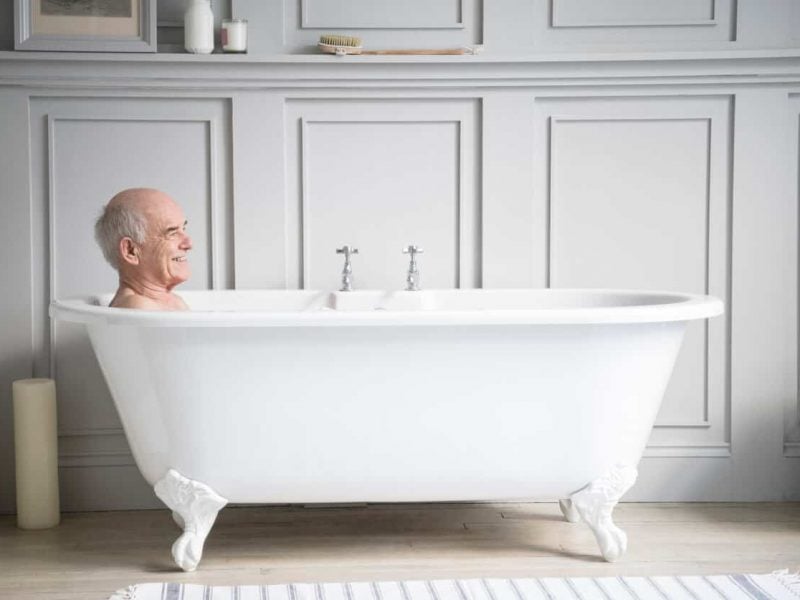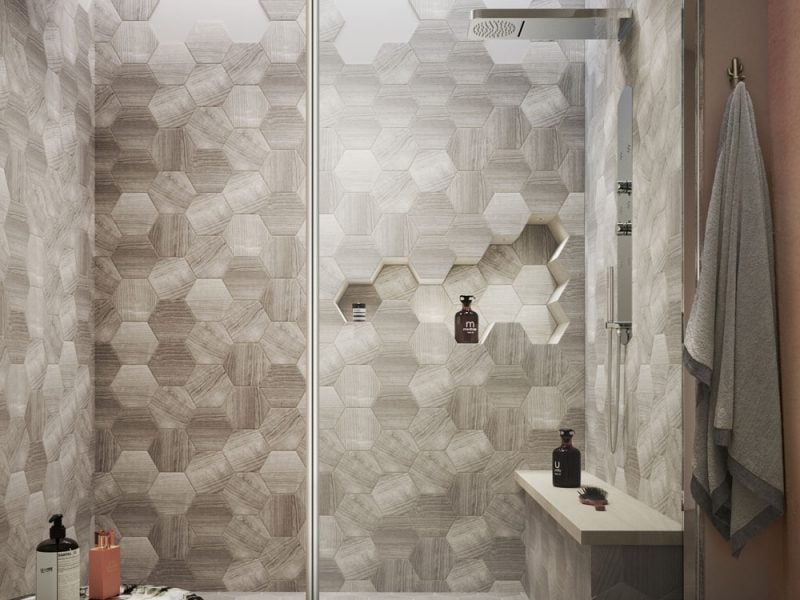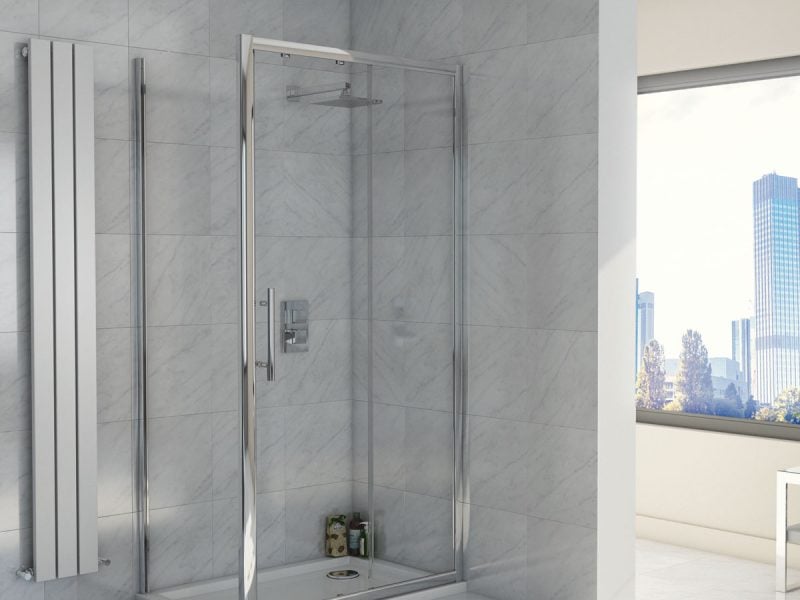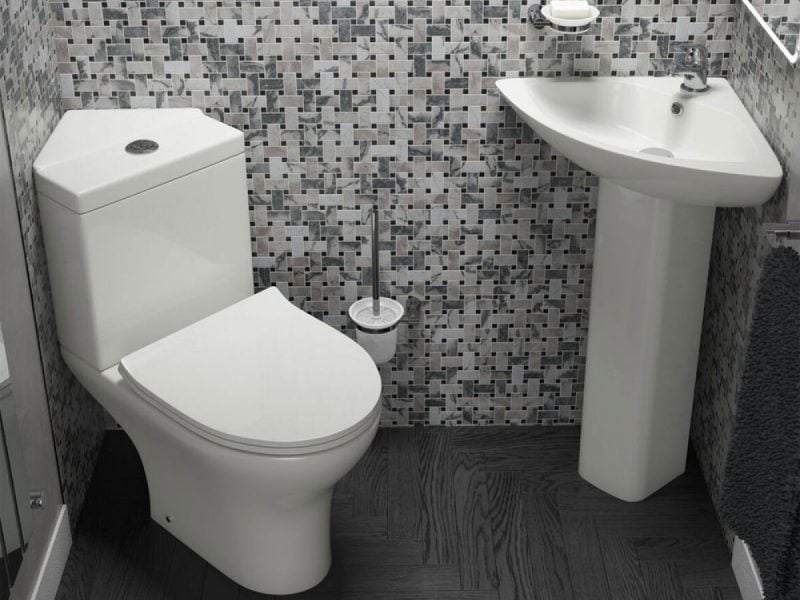Slotted or Unslotted Basin Wastes, Click Clack, Pop-Up or Chain?
From click clack, flip top, pop-up to the more recognised traditional plugs and chains, it can all get confusing! So, which is the best option, read our basin waste guide to find out which one is best suited to your basin.
Table of Contents
Bathroom basins vary greatly, from traditional style detailed sinks to today’s more modern minimalist countertop basins. Equally, there is an abundant choice of taps and wastes to complement.
When redesigning a bathroom, the little things can often be overlooked, yet they can be as integral as the main fixtures and fittings. Wastes of the present day are designed to not only be functional but also to enhance and augment. Gone are the days when the only choice was a simple plug and chain, for modern bathrooms, there is a range of stylish basin waste available. Here at Bella Bathrooms, we have a wide selection of wastes and plumbing accessories to accentuate any style of bathroom basin and at prices to suit all budgets.
What Does a Basin Waste Do?
The purpose of a basin waste is to shut off the plug hole to allow the water to fill your basin and then when finished, release the plug, which allows water to drain safely away through the waste pipe. Sounds simple, but with different types of basin wastes available, how do you select the correct one?
Our easy-to-use guide is designed to help you choose the appropriate basin waste and how each operates.
Before we begin, here are a couple of pointers. Basin wastes are all the same size 1 1/4″ or 32mm. Sometimes people get confused and ask why is there 2 sizes of basin wastes? the simple answer is that basin wastes are 1¼” BSP (32mm), whereas bath and kitchen sink wastes are 1½” BSP (40mm).
More problematic and confusing for many is whether you need a slotted or unslotted waste, the difference between the individual types of waste, and which are the best basin wastes? Read on……
Click Clack Basin Waste, Push Button Waste and Sprung Waste

Click Clack, Push Button, and Sprung wastes are all the same, they just come by different names. This type of basin waste operates by pushing the stopper down to close off the waste to allow the sink to fill with water, then when finished you simply once again push on it to release it and allow the water to drain away. Due to being simple to use and maintain, this type of waste is an extremely popular choice.
If purchasing a click-clack basin waste, bear in mind, there are two types, slotted and unslotted. If your basin has an overflow, you will require a slotted basin waste and, if not, an unslotted one. Here at Bella Bathrooms, we stock a range of push-button wastes from the affordable Cassellie Moon Click Clack slotted and unslotted basin wastes, to the deluxe Frontline Unslotted Matt White Basin Waste, designed to complement contemporary bathrooms.
Flip Top Basin Wastes

Flip Top wastes function by pushing down on one side of the round disc to open it and then pressing the other side to realign and close it, hence the name flip top. The easy swivel action of the rotating disc makes this basin waste extremely easy to operate. An example is the Hudson Reed Flip Top Basin Waste. Its chic chrome finish and minimalist design make it perfect for modern bathrooms.
Captive or Anti-Tamper Wastes
Think of a cross between an old-fashioned plug and chain and the new click-clack wastes, and you have Captive or Anti-Tamper Wastes. Due to the plug being fixed to a bar attached to the waste fitting, the plug cannot be removed from the basin. This makes captive and anti-tamper wastes ideal for businesses, communal wash areas, and public toilets.
Plug and Chain

The most recognised waste of all is the traditional basin plug and chain. Simple to use and effective. It consists of a plug attached to a chain that is used to seal the hole in the basin to fill it with water, and then when done, it pulls the chain to release the plug, allowing the water to drain away. While still being ideally suited to traditional bathrooms, modern plug and chains come in a variety of polished finishes to complement contemporary bathrooms too. If opting for an old-style basin plug and chain waste, remember you need a fixing point or chain stay. This small hole was always pre-drilled into the sinks of bygone eras and used to secure the chain bolt within the sink.
Pop Up Basin Wastes

Pop-up basin wastes are operated by a push pull rod lever mechanism. When you push the lever or rod it lowers the stopper allowing you to fill the basin with water and then when you raise the lever, the water drains away.
Freeflow Wastes

Freeflow wastes are perfect to prevent sinks from overflowing and flooding, as the plug remains permanently open therefore, the water is constantly drained from the basin as it runs. This type of waste is ideal for basins that do not have an overflow, although obviously, it is not the best choice if you require the sink to fill with water for beauty or shaving routines. A free-flowing waste is recommended, however for pubs, clubs, and public toilets where taps can often be left turned on accidentally.
What is the Difference Between a Slotted and Unslotted Basin Waste?
Slotted Basin Waste

Slotted or unslotted basin wastes? that is the question! Slotted basin wastes tend to be the commoner of the two in that they are designed for sinks with an overflow, and most do. Unslotted wastes are for use with basins without an overflow. It is imperative that you choose the right slotted or unslotted basin waste, for your sink to prevent flooding.
To clarify and in simple terms, if your basin has an overflow, you need a slotted basin waste; if it doesn’t, you need an unslotted waste. Here at Bella Bathrooms, we make it easy for you, all of our bathroom sink wastes are labelled either slotted or unslotted.
How Does a Slotted Basin Waste Work?
The slot incorporated into the waste allows the water to be drained from the overflow.
Why Do I Need a Slotted Basin Waste?
If an un-slotted waste were to be used with a sink with an overflow, as it is watertight, it would prevent water from the overflow from draining away. Therefore, if a tap were to be accidentally left on the basin would then overfill, and the water spill over onto the bathroom floor.
Unslotted Basin Waste

Unslotted basin wastes are designed for bathroom sinks and decorative countertop basins that DO NOT have an overflow. As most bathroom basins come with an overflow hole pre-drilled, unslotted wastes are not as prevalent as their counterparts, slotted basin wastes.
How Does an Unslotted Basin Waste Work?
Unslotted wastes work by draining the water from the basin into the main waste. They are watertight when closed, so allow the basin to fill with water, then when opened they allow the water to drain away.
Why Do I Need an Unslotted Basin Waste?
If you have purchased a basin without an overflow, then the correct waste to use is an unslotted waste.
Overflow Hole

When running water into a sink, it can be easy to get side-tracked and accidentally leave the tap on, resulting in flooding! This is where the overflow comes into play. A bathroom basin overflow is a small hole located beneath the taps at the back of the basin near the rim. When the water gets to the level of the overflow, quite simply, it will begin to drain the excess water away to stop it from over-spilling onto the bathroom floor. When choosing a new basin, remember that not all sinks have an overflow. However, a basin with an overflow is highly recommended for families with young children and those with impaired memory.
Chain Hole Stopper

Modern bathrooms are definitely a trend today. However, when installing a new click clack or pop up waste in a sink designed for a plug and chain, you will be left with a rather unattractive hole within the basin. Chain hole stoppers are designed to bridge that gap by covering the hole. Chain hole stoppers are available in a variety of styles and finishes, so as well as being practical, they can accentuate and enhance.















